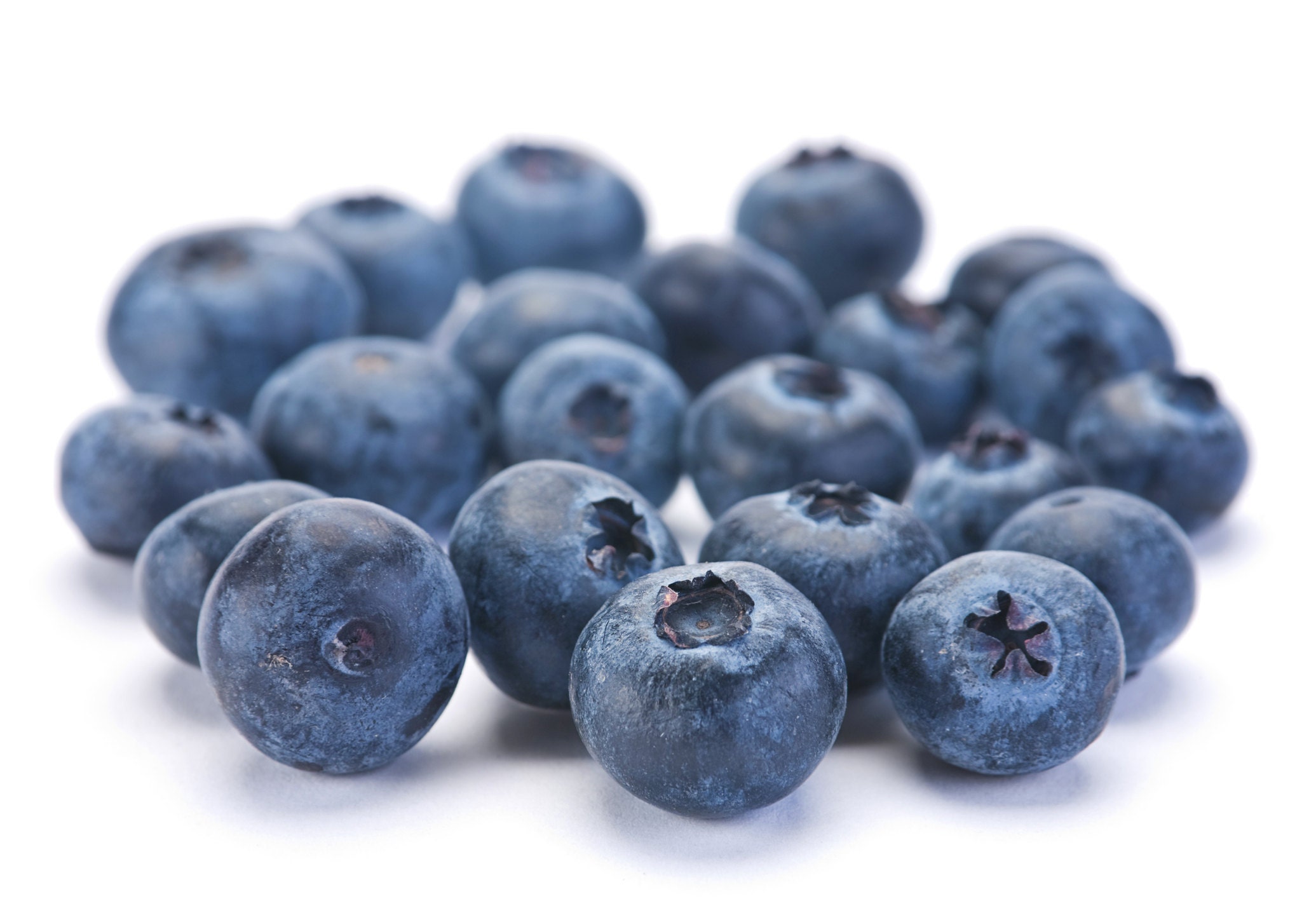Growing Blueberries: A Comprehensive Guide from www.ezyseeds.com
Blueberries are delicious and nutritious fruits that can be easily grown in your garden or on your balcony. Whether you're a seasoned gardener or a beginner, this guide will help you cultivate blueberries from seeds. You can find high-quality blueberry seeds and all the gardening supplies you need at your local garden center or nursery or conveniently order them online from www.ezyseeds.com.
What Are Blueberries?
Blueberries are small, round fruits known for their sweet and tangy flavor. They are packed with antioxidants, vitamins, and minerals, making them a healthy addition to your diet. Blueberries are not only tasty but also easy to grow, making them a great choice for home gardeners.
USDA Hardiness Zones:
Blueberries thrive in different USDA Hardiness Zones depending on the variety:
- Lowbush blueberries (Vaccinium angustifolium): Zones 3-6
- Highbush blueberries (Vaccinium corymbosum): Zones 4-7
- Rabbiteye blueberries (Vaccinium virgatum): Zones 7-9
Before you begin, determine your USDA Hardiness Zone to choose the right blueberry variety for your climate.
Selecting Blueberry Seeds from www.ezyseeds.com:
When selecting blueberry seeds, consider the following factors:
1. **Variety:** Choose a blueberry variety that suits your climate and space. Highbush varieties are popular for home gardens.
2. **Quality:** Ensure you purchase high-quality seeds from a reputable source or nursery, such as www.ezyseeds.com.
3. **Quantity:** Plan how many blueberry bushes you want to grow. Blueberries are often planted in groups for better cross-pollination and higher fruit yield.
Germination:
1. **Seed Scarification:** Blueberry seeds have a hard outer shell that needs scarification to aid germination. Gently nick the seed coat with sandpaper or a file. Do this carefully to avoid damaging the embryo inside.
2. **Cold Stratification:** Blueberry seeds require a period of cold stratification to break dormancy. Place the scarified seeds in a plastic bag with moistened sphagnum moss or peat moss. Seal the bag and refrigerate it for 2-4 months. Check periodically to ensure the medium remains moist.
Sowing Blueberry Seeds:
1. **Seed Bed Preparation:** Prepare a well-draining, acidic soil mix. Blueberries prefer a pH of 4.5 to 5.5. You can amend your soil with peat moss or pine bark to achieve the right acidity.
2. **Planting:** Plant the scarified seeds in shallow containers or seed trays. Bury them just beneath the soil surface, about 1/4 inch deep.
3. **Moisture and Cover:** Keep the soil consistently moist but not waterlogged. Cover the containers with plastic wrap or a clear plastic lid to maintain humidity.
4. **Temperature and Light:** Place the containers in a warm, bright location. A consistent temperature of around 70°F (21°C) is ideal for germination.
Transplanting:
When your blueberry seedlings have grown to about 2-3 inches tall, they are ready for transplanting. Here's how to do it:
1. **Select a Growing Location:** Choose a well-draining, sunny spot in your garden for your blueberry bushes. Ensure the soil pH is acidic.
2. **Spacing:** Plant your blueberry bushes at least 4-5 feet apart to allow for adequate growth and air circulation.
3. **Soil Preparation:** Prepare the planting holes by amending the soil with organic matter like compost or peat moss. Ensure the soil remains acidic.
4. **Planting:** Remove the seedlings from their containers and gently transplant them into the prepared holes. Be careful not to damage the roots.
Care and Maintenance:
1. **Watering:** Keep the soil consistently moist, especially during dry periods. Blueberries prefer even moisture levels.
2. **Mulching:** Apply a layer of organic mulch, such as pine straw or wood chips, to conserve moisture, control weeds, and maintain soil acidity.
3. **Pruning:** Prune your blueberry bushes annually to remove dead or diseased branches and encourage new growth.
4. **Fertilization:** Blueberries have specific nutrient requirements. Use a balanced, acidic fertilizer, following the recommended application rates for your variety.
5. **Protecting from Birds:** Use netting or bird scare devices to protect your blueberries from birds as they ripen.
6. **Harvesting:** Blueberries are typically ready for harvest in the summer. Pick them when they are fully ripe and have a deep blue color.
By following these steps, you can successfully grow delicious blueberries in your garden. Enjoy the fresh, homegrown taste of these nutritious berries in your favorite recipes or simply as a healthy snack, and don't forget to visit www.ezyseeds.com for all your gardening needs.
